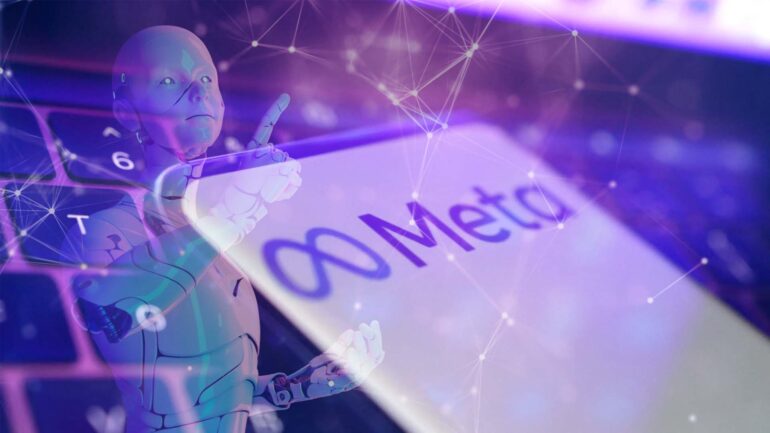TL;DR:
- Meta AI introduces a groundbreaking algorithm that revolutionizes robotics.
- The algorithm leverages YouTube videos to train robots to replicate human actions.
- Affordances, representing potential actions or interactions, are harnessed to enhance robot performance.
- The algorithm is seamlessly integrated into four robot learning paradigms.
- Meta AI utilizes large-scale human video datasets to train the affordance model effectively.
- The algorithm enables robots to generalize actions and adapt to new environments.
- Meta AI’s open approach fosters collaboration and further development in the field.
Main AI News:
Meta AI, a renowned AI research organization, has recently introduced a groundbreaking algorithm poised to revolutionize the realm of robotics. In their groundbreaking research paper titled “Versatile Representation for Robotics: Harnessing Affordances from Human Videos,” the authors delve into the remarkable potential of YouTube videos as a robust training resource for robots, enabling them to learn and replicate human actions. Leveraging the vast repository of online instructional videos, this state-of-the-art algorithm seeks to bridge the gap between static datasets and real-world applications, empowering robots to perform intricate tasks with unparalleled versatility and adaptability.
At the heart of this groundbreaking approach lies the concept of “affordances.” These affordances represent the potential actions or interactions an object or environment can offer. By training robots to comprehend and harness these affordances through a meticulous analysis of human videos, Meta AI’s algorithm equips robots with a versatile representation of how to execute diverse complex tasks. This unprecedented breakthrough enhances the robots’ ability to mimic human actions and empowers them to apply their acquired knowledge in novel and unfamiliar environments.
To ensure the seamless integration of this affordance-based model into the robots’ learning process, the researchers at Meta AI have seamlessly incorporated it into four distinct robot learning paradigms. These paradigms encompass offline imitation learning, exploration, goal-conditioned learning, and action parameterization for reinforcement learning. By amalgamating the power of affordance recognition with these cutting-edge learning methodologies, robots can effortlessly acquire new skills and execute tasks with unparalleled precision and efficiency.
Meta AI leverages extensive human video datasets, such as Ego4D and Epic Kitchens, to effectively train the affordance model. Through a meticulous analysis of these videos, the researchers employ readily available hand-object interaction detectors to identify contact regions and precisely track the trajectory of the wrist post-contact. However, a significant challenge arises when the presence of a human in the scene leads to a distribution shift. To overcome this formidable obstacle, the researchers leverage the camera information at their disposal to project contact points and post-contact trajectories into a human-agnostic frame. This transformed representation then serves as the input to their cutting-edge model.
Prior to this groundbreaking breakthrough, robots were confined to mimicking actions within specific environments, impeding their overall adaptability. However, with Meta AI’s latest algorithm, tremendous strides have been made in generalizing robot actions. This remarkable advancement empowers robots to effectively apply their acquired knowledge in uncharted territories, showcasing their heightened adaptability.
Conclusion:
Meta AI’s innovative algorithm, harnessing human behavior in internet videos, has significant implications for the market. The ability of robots to learn and replicate human actions with enhanced versatility and adaptability opens up new possibilities across various industries. This breakthrough paves the way for more efficient and capable robotic systems that can perform complex tasks, ultimately driving advancements and innovation in the field of robotics. Moreover, Meta AI’s commitment to sharing its resources promotes collaboration and encourages the development of self-learning robots, further propelling the market forward. Businesses operating in robotics and related sectors should closely follow these developments and explore how this technology can be integrated into their operations to gain a competitive edge.

